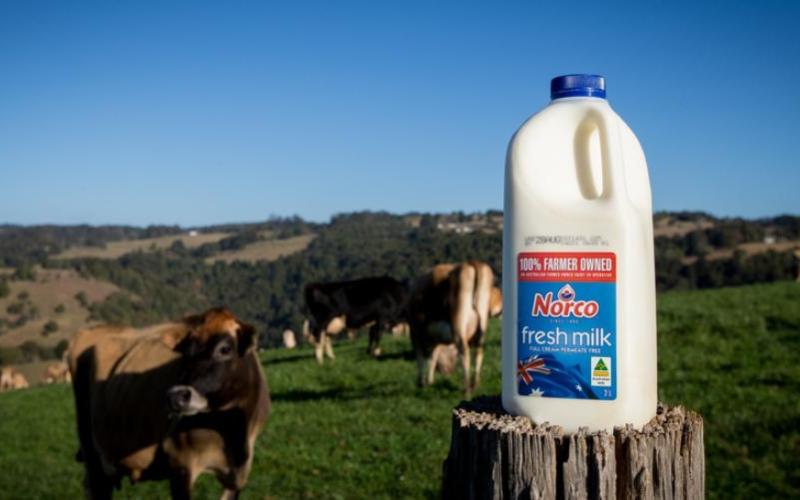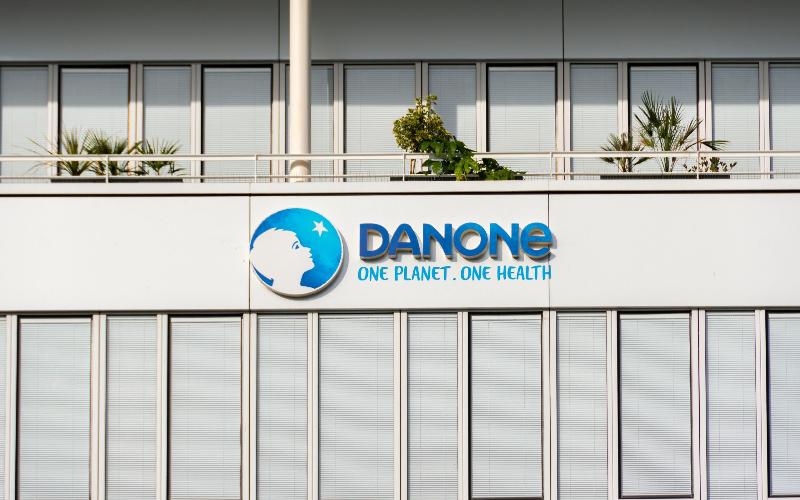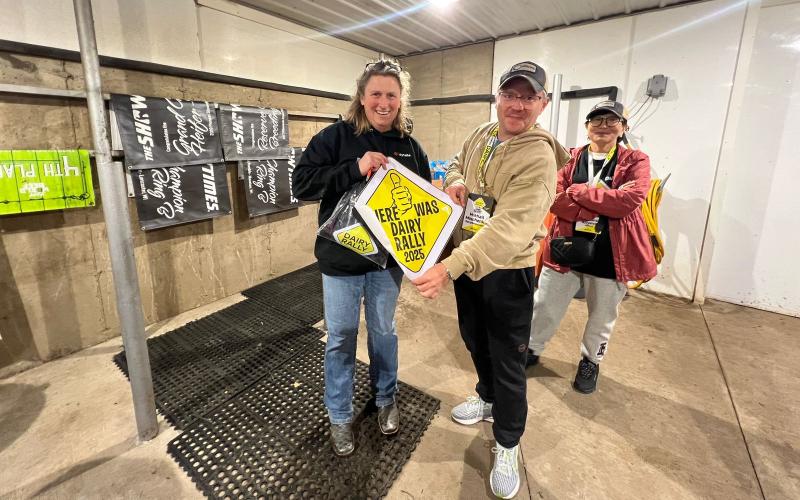Profitability of U.S. farmers has increased, but opportunities for growth in dairy herd numbers are limited
Sourse: The DairyNews
The latest USDA Milk Production report for May 2024 reveals a modest year-over-year decrease of 0.2% in milk output across the 24 major states during April. Additionally, March’s milk production has been revised down by 0.5% to 18.9 billion lbs. compared to the same month in 2023.

Despite the overall decline, per cow milk production in April saw a slight increase, averaging 2,064 pounds, which is 8 pounds more than in April 2023. However, the total number of milk cows has decreased, with April figures showing 8.89 million head, down by 55,000 from the previous year and 6,000 fewer than in March 2024.
Phil Plourd, president of Ever.Ag Insights, commented that the results were somewhat better than anticipated, yet the industry remains in a contraction phase. "The key moving forward will be whether the improving margins will encourage farmers to boost milk production as we approach the end of the year and look ahead to 2025," Plourd noted.
Lucas Fuess, senior dairy analyst at RaboResearch Food & Agribusiness, highlighted at the High Plains Dairy Conference in Amarillo, Texas, the structural challenges in the dairy sector, noting that the number of replacement heifers and milking herd figures are at their lowest in over four years. "This indicates a limited capacity for increasing cow numbers to meet demand, even if profits rise," Fuess explained.
Regionally, South Dakota stood out with a significant year-over-year milk production increase of 12.3%, adding 118,000 cows over the past 12 years. In contrast, New Mexico experienced the most substantial decline, with a 17.3% drop in milk production compared to last year.
Phil Plourd, president of Ever.Ag Insights, commented that the results were somewhat better than anticipated, yet the industry remains in a contraction phase. "The key moving forward will be whether the improving margins will encourage farmers to boost milk production as we approach the end of the year and look ahead to 2025," Plourd noted.
Lucas Fuess, senior dairy analyst at RaboResearch Food & Agribusiness, highlighted at the High Plains Dairy Conference in Amarillo, Texas, the structural challenges in the dairy sector, noting that the number of replacement heifers and milking herd figures are at their lowest in over four years. "This indicates a limited capacity for increasing cow numbers to meet demand, even if profits rise," Fuess explained.
Regionally, South Dakota stood out with a significant year-over-year milk production increase of 12.3%, adding 118,000 cows over the past 12 years. In contrast, New Mexico experienced the most substantial decline, with a 17.3% drop in milk production compared to last year.
Key News of the Week














